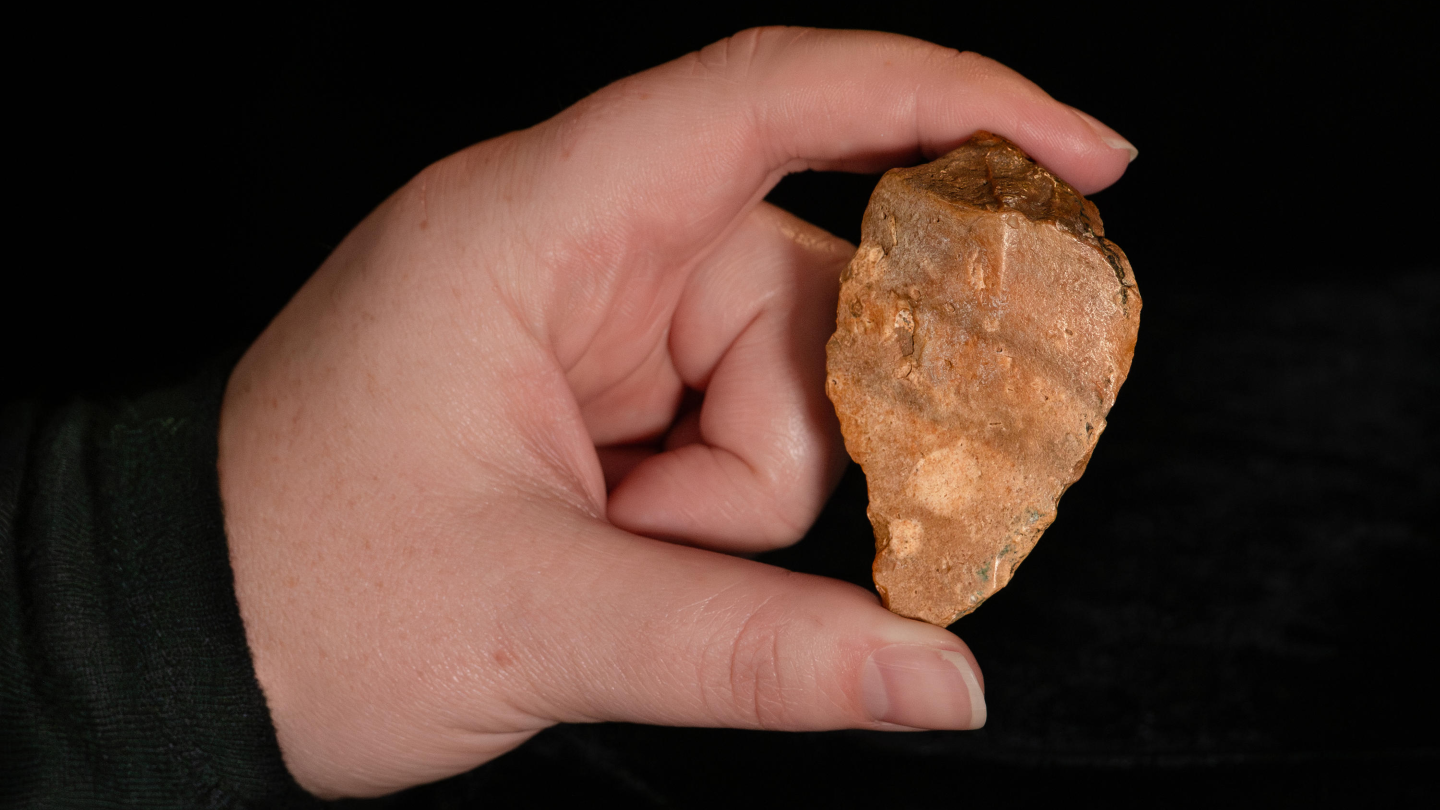📘 Structured Analysis
-
Headline Assessment
The headline “Ancient Tools Suggest Indonesian ‘Hobbits’ Had a Mysterious Neighbor” is accurate and not overstated. It reflects the discovery of ancient tools on the island of Sulawesi, which suggests the presence of another early hominin species in the region, aside from the known ‘hobbits’ of Flores. -
Key Discovery or Claim
The main scientific finding is the discovery of seven flaked stones (tools) on the island of Sulawesi, dated to be between 1.04 million and 1.48 million years old, suggesting the presence of an early hominin species on the island. -
Who Did the Research
The research was conducted by a team of archaeologists from Indonesia and Australia, led by Adam Brumm and Budianto Hakim from the National Research and Innovation Agency of Indonesia (BRIN). -
How the Research Was Done
The study involved an archaeological expedition on Sulawesi, where the team found the ancient tools at different depths below ground. The age of the tools was determined by dating local sandstone and a nearby pig fossil. -
Where It Was Published
The study was published in the journal Nature, which is peer-reviewed. -
Data & Evidence
The data supporting the claim includes the discovery of seven flaked stones, with ages ranging from 1.04 million to 1.48 million years, as determined by the dating of local sandstone and a pig fossil found near the tools. -
Limitations or Caveats
One limitation acknowledged is the lack of hominin fossils on Sulawesi, making the identity of the toolmakers a mystery. Additionally, the small number of tools found and the method of their arrival on the island (likely by accident via natural vegetation mats) could be considered limitations. -
Independent Expert Input
Debbie Argue, an archaeologist not involved in the discovery, considers the findings “most important” because they add to the evidence that early Pleistocene hominins could make sea crossings, highlighting island Southeast Asia as a significant frontier for human evolution. -
Impact or Relevance
This research matters because it suggests that Sulawesi was inhabited by an early hominin species, potentially serving as a stepping stone from mainland Asia to Flores. It expands our understanding of human evolution and migration patterns in the region. -
Red Flags (if any)
There are no clear signs of exaggeration, weak evidence, lack of transparency, pseudoscience, or conflicts of interest in the report. The discoveries and interpretations are grounded in archaeological evidence and supported by independent expert commentary.
📌 Quick Summary (3–5 bullet points)
- Archaeologists have discovered ancient tools on the Indonesian island of Sulawesi, dated between 1.04 million and 1.48 million years old, suggesting the presence of an early hominin species.
- The tools indicate that Sulawesi was inhabited by hominins around the same time as, or possibly earlier than, the ancestors of the ‘hobbits’ found on the island of Flores.
- The identity of the Sulawesi toolmakers remains a mystery due to the lack of hominin fossils on the island.
- The discovery supports the theory that early hominins could cross deep ocean barriers, possibly by accidental rafting on natural vegetation mats.
- The findings highlight the significance of island Southeast Asia in understanding human evolution and migration patterns.
🛑 Instructions for Style
The analysis above adheres to the instructions for style by being concise, neutral, and prioritizing facts over assumptions. It does not repeat missing information and focuses on providing a clear and unbiased summary of the scientific discovery and its implications.


